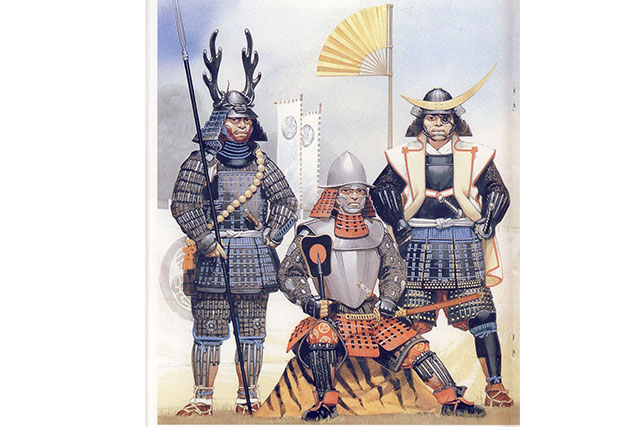
Feudal fragmentation, internecine war, and power struggles between large feudal lords resulted in the fact that, by the 12th century, the samurai finally consolidated themselves as a military class.
The middle of the 12th century turned out to be the final stage of these internecine wars when two major clans of the Taira (Hei) and Minamoto (Gen) began a war for power between themselves. This period of Japanese history was named the Genpei War.
The conflict between the two houses began since the Minamoto wanted to gain the rich lands of the Taira who usurped the power taken from the Emperor. The Minamoto Clan owned lands in the northeast and had a more capable and numerous samurai army, toughened by constant wars with the Ainu tribes. The Minamoto House could also allocate lands to newly recruited samurai from the lands that they had dispossessed from the Ainu people. The Taira Clan had these capabilities limited.
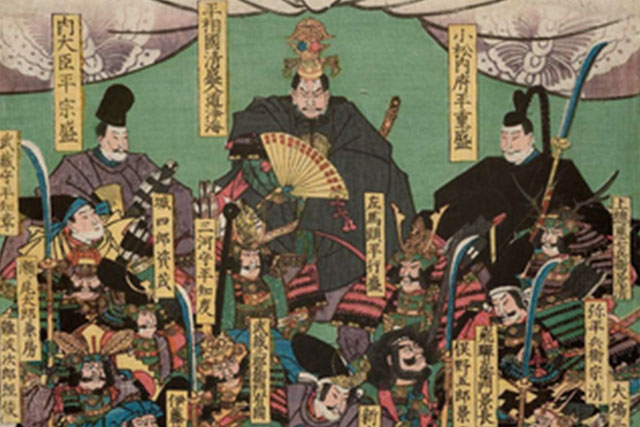
Since the Minomoto were superior militarily and numerically, this eventually helped them to win the war, and the decisive event was the Battle of Dan-no-ura in 1185. After the victory, the Minomoto Clan gained a dominant position. Seven years later, the clan succeeded in taking all political and economic power from the aristocracy and the emperor.
In 1192, the head of the Minamoto Clan, Yoritomo, got the title of shogun and moved his capital to Kamakura, thus establishing a new regime of the shogunate. The regime was a military dictatorship that set up the full power of samurai in the politics and economy. Even though the Emperor and aristocracy lost their power, however, being a divine descendant of Amaterasu, he was considered the formal ruler of Japan. The same applied to the aristocracy, which was at the top, but only due to their nobility and aristocratic reputation. The shogun became the head of the military government (bakufu) and was considered the vice emperor.
The shogunate in Japan provided the samurai with a privileged position equal to that of the aristocracy and resulted in a class division among the samurai. The entire military nobility was now considered samurai, including the shogun itself. The special, i.e. the top, class of samurai became the large feudal princes who owned significant land areas. They were followed by the samurai middle and lower classes, differing in terms of income and wealth. They were the main military force of the feudal lords.
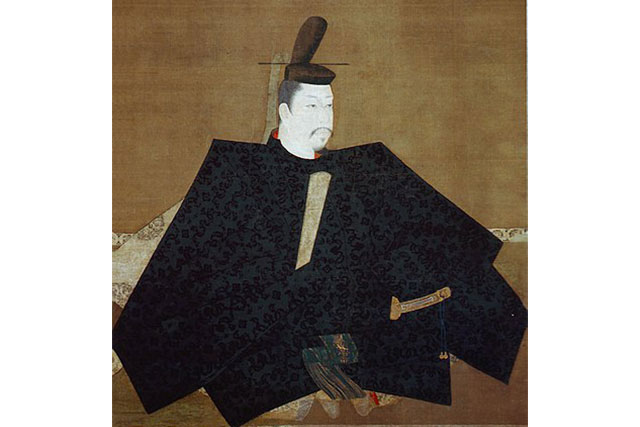
After the shogunate was established, the samurai were divided not only by income and wealth but also by who they served. Thus, there were two groups, the gokenin and the higokenin. The gokenin samurai were the core of the samurai class and were directly subordinate to the shogun. The shogunate protected their interests, appointed positions and ranks which implied that the gokenin had to serve in the armed forces, pay tribute, and join the shogun’s army, being the leader of his army. The higokenin were small feudal lords who were not shogun vassals and served the Emperor or temples. Sometimes, they were given land parcels, which they often cultivated themselves.
After the imperial court unsuccessfully tried to overthrow the shogunate, the “Joei Shikimoku” code was issued in 1232 to strengthen the samurai’s power. It represented a set of laws that strengthened the shogun’s power and codified relations and customs among samurai.
The samurai estate continued to develop until the 17th century and was finally formed when the Tokugawa Clan came to power in Japan.
See also
-
Abolition of the Samurai Estate
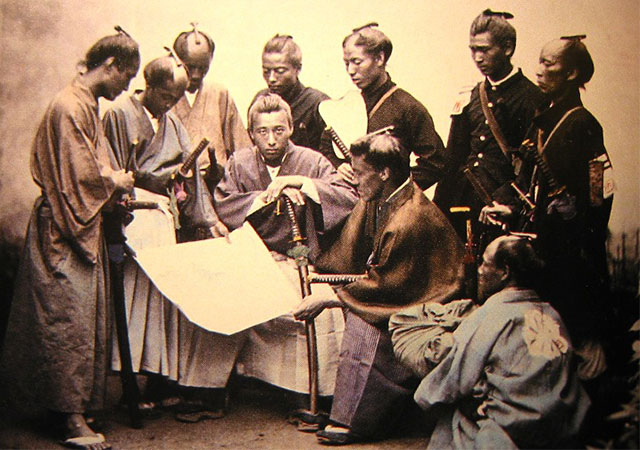
After the Tokugawa regime fell in 1869, the new imperial government of Japan began introducing bourgeois economic and political reforms. They first struck at the feudal system and the samurai estate, forcing the large feudal lords to relinquish their old rights in controlling clans.
-
The Fall of the Samurai Age
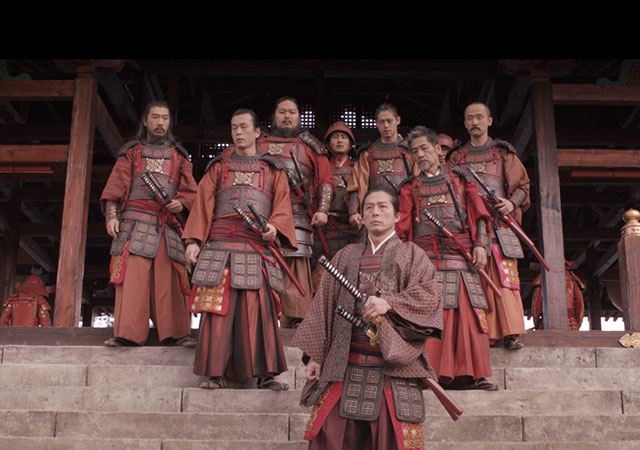
By the beginning of the 18th century, Japan had a strong centralized government led by the Tokugawa Clan. Thereby, military conflicts between feudal lords were over and economic reforms resulted in the start of capitalism development.
-
The Rise of Samurai in Japan
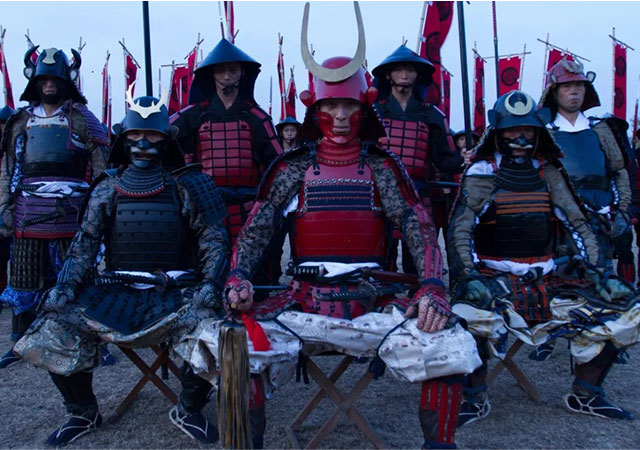
In 1603, the head of the Tokugawa Clan proclaimed himself shogun, thus starting the rule of the clan in Japan. Having set up a complete military dictatorship of the samurai by the 17th century, the Tokugawa Clan managed to completely centralize and augment its authority.
-
How the Samurai Emerged
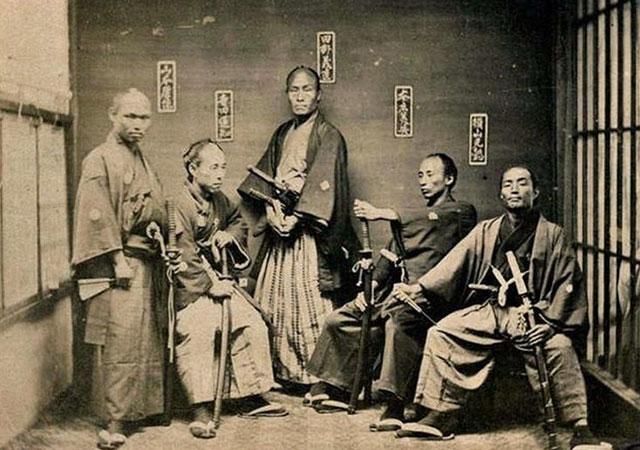
From the old Japanese language, the word samurai means the following: to serve a high-ranking person, to protect the master, to serve the master. The hieroglyph for the word samurai was borrowed from Chinese and reads as "Ji". In the Chinese language, this hieroglyph refers to the people guarding Buddhist temples. Also, to denote the word samurai, the hieroglyph "bushi" is used. The character means a warrior, a fighter.

